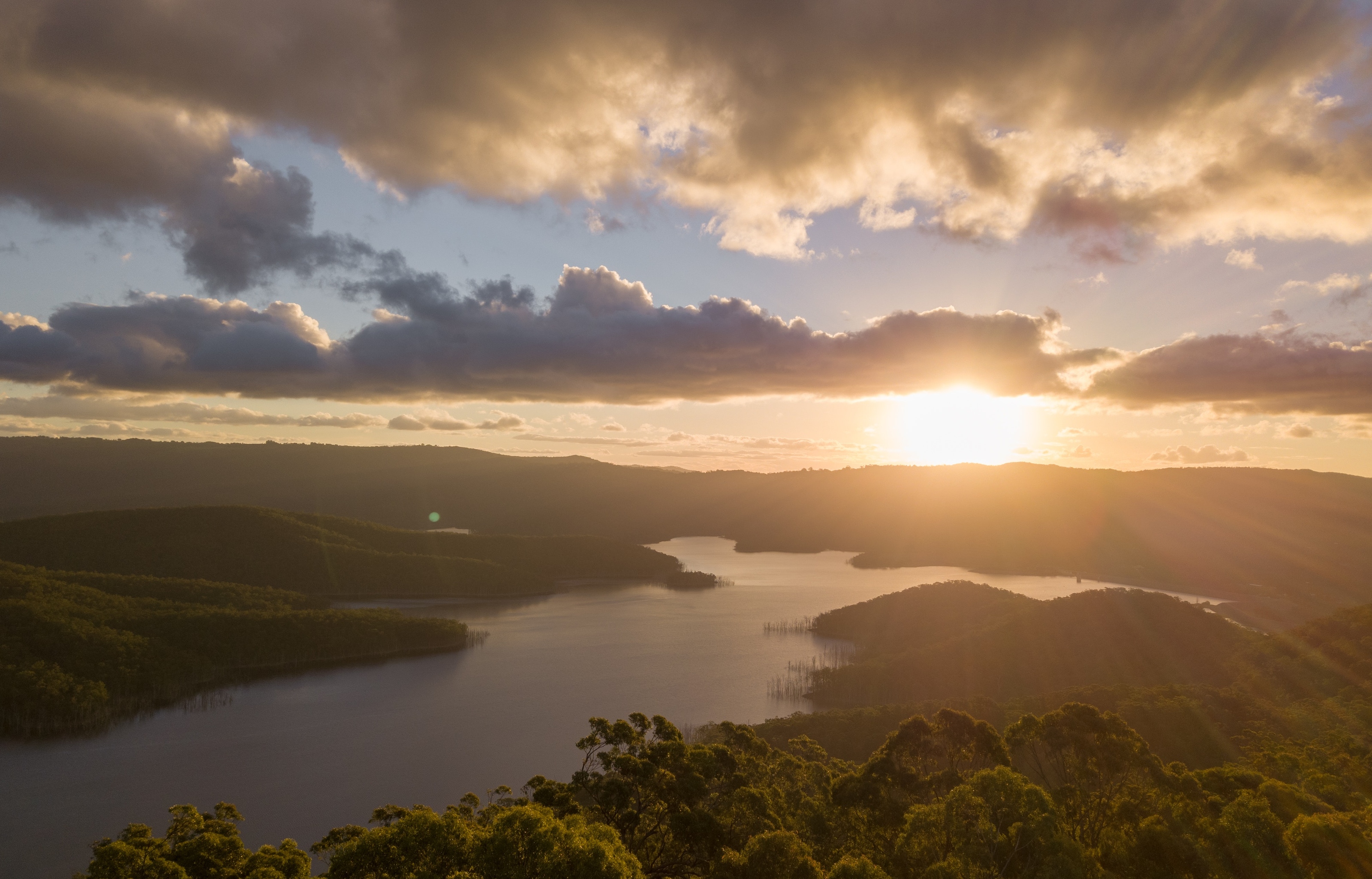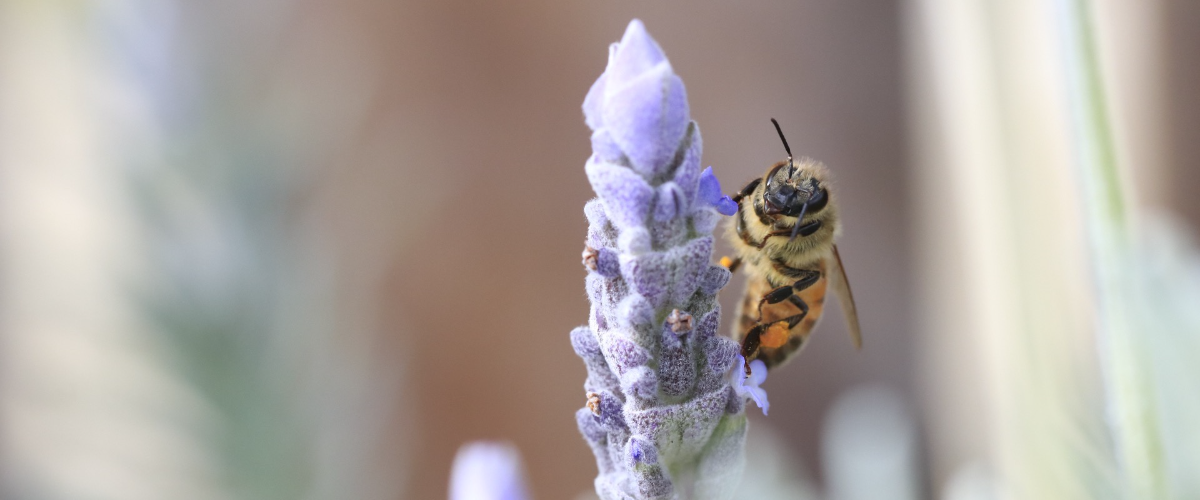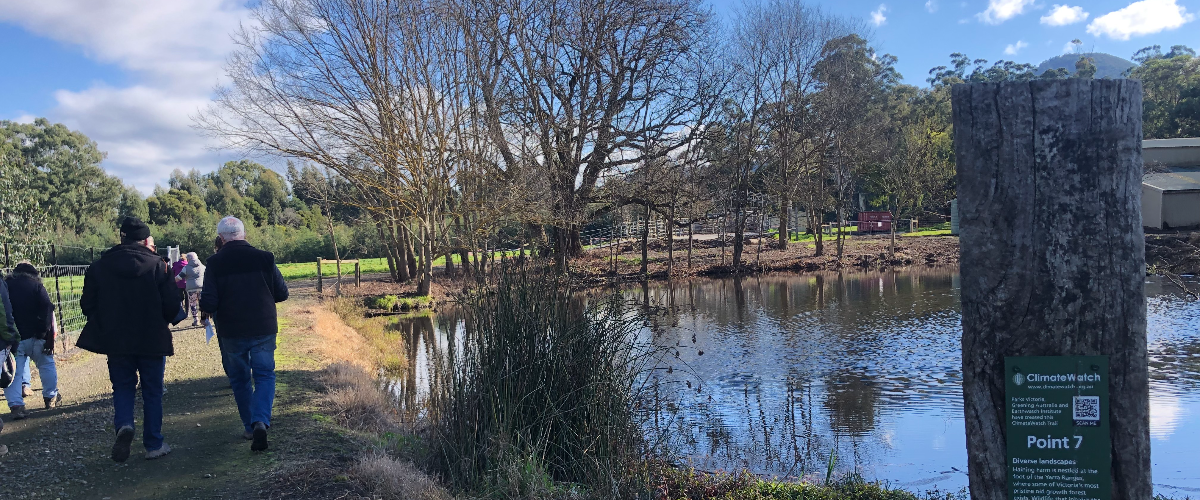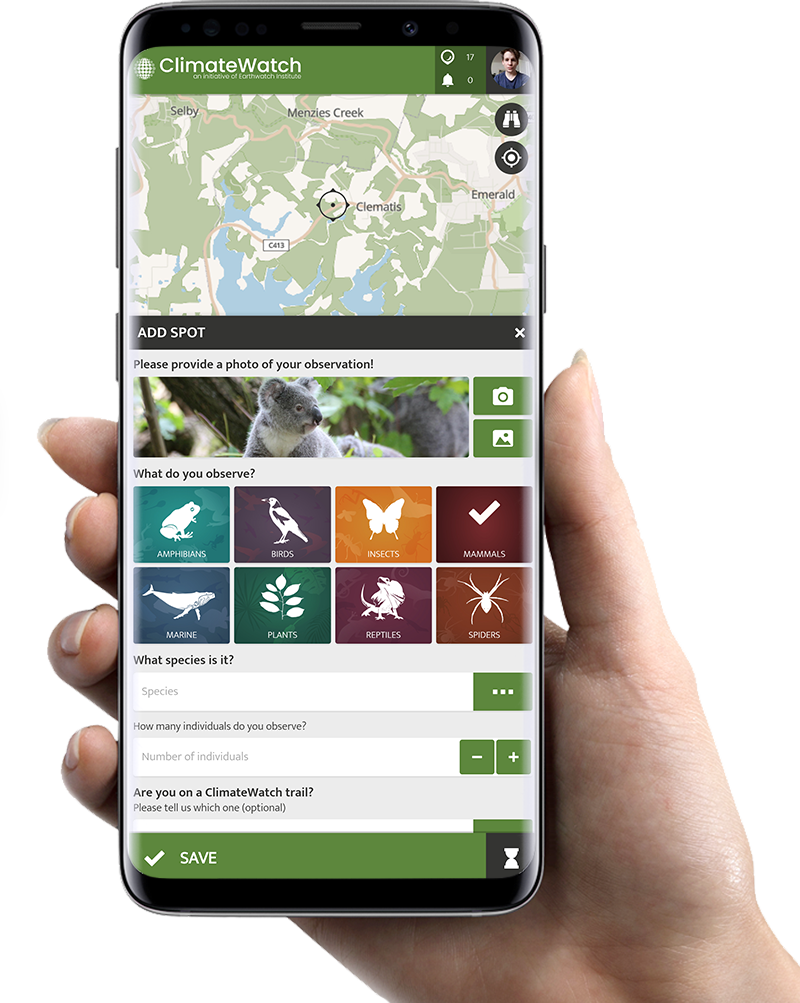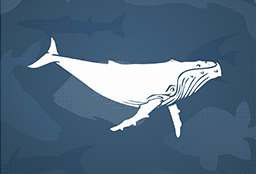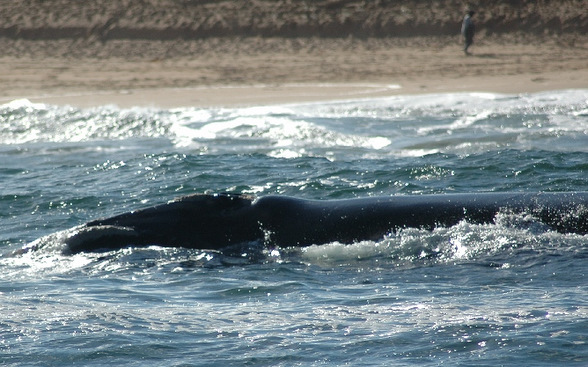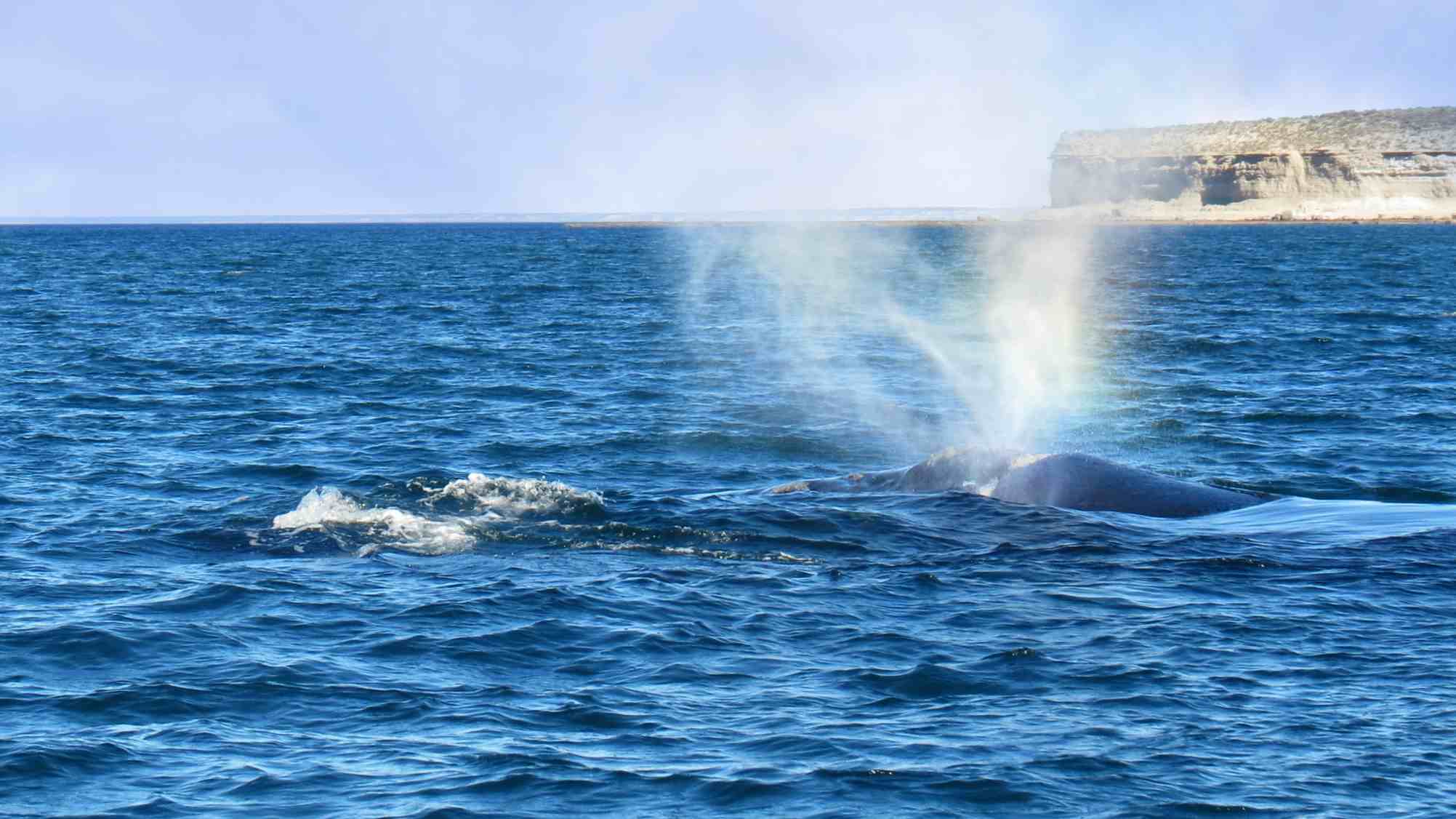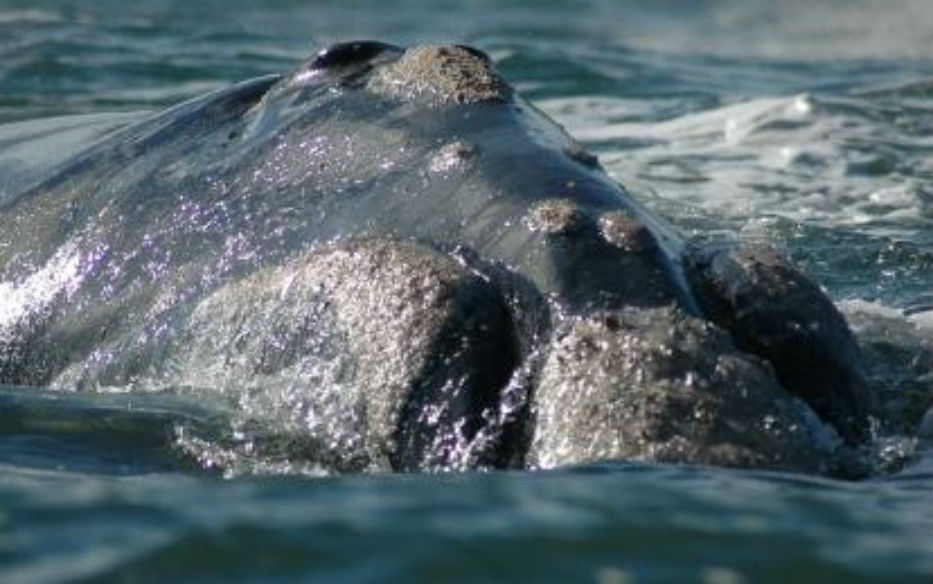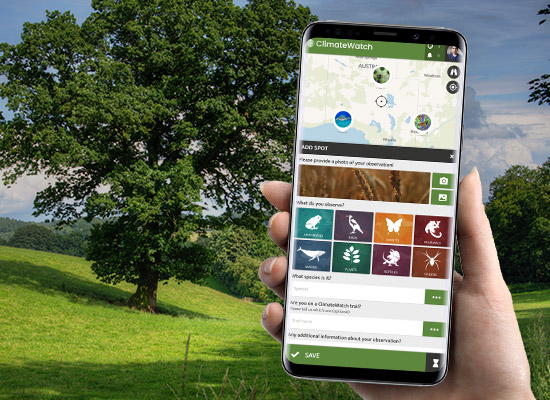Size
Up to 18 m long.
Behaviour
Diet
Krill and other invertebrates.
Movement
It is usually found close to shore just beyond the beach break during rest periods and in northern breeding grounds. They are generally lethargic and are found ‘milling around’ although they will often breach out of the water. They may also roll around on their back exposing the white patches on their belly or stick a fin out of the water for long periods whilst milling.and direct, sometimes in flocks of several hundred birds.
Recent satellite tracks reveal that these whales may regularly migrate east/west around the Southern Hemisphere.
Field Guide
Improve your identification skills. Download your Southern Right Whale guide here!

